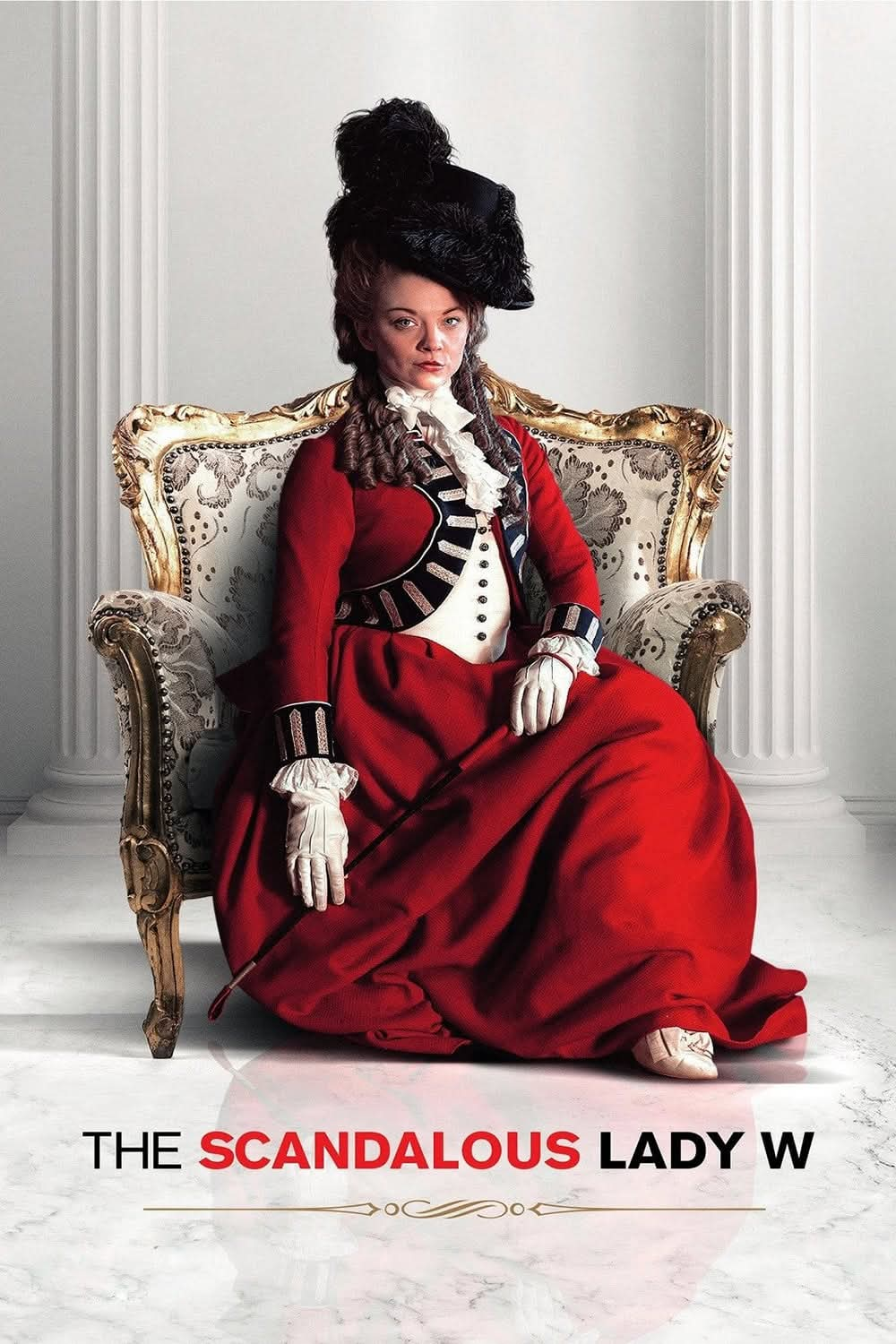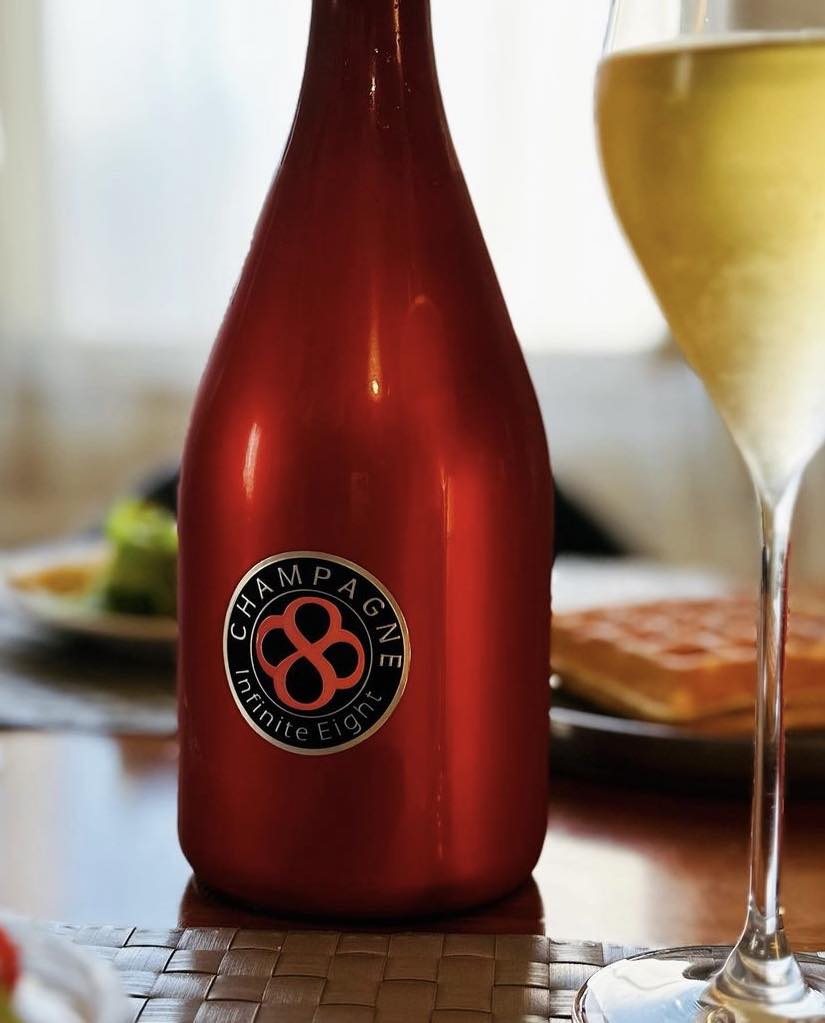Description
The Scandalous Lady W (2015)
Movie Pairing Experience in Red Rubis based on Daring Tale of 18th Century Rebellion
Ever wondered what happens when a woman in Georgian England decides to break free from societal chains
« The Scandalous Lady W » brings to life the true story of Lady Seymour Worsley, a woman who dared to defy the norms of her time. Natalie Dormer delivers a captivating performance as Lady Worsley, who escapes her troubled marriage to elope with her husband’s best friend, only to find herself at the center of a very public scandal.
The film is based on the real-life court case that shocked 18th century England.
It showcases the talents of Game of Thrones star Natalie Dormer in a tour-de-force lead role.
The movie provides a fascinating glimpse into the restrictive social norms and legal system of Georgian England.
With its blend of historical drama, romance, and courtroom intrigue, « The Scandalous Lady W » offers a thought-provoking look at a woman’s fight for autonomy in a world dominated by men. Whether you’re a history buff, a fan of period dramas, or simply love a good scandal, this film is sure to captivate and inspire.
Stream « The Scandalous Lady W » now on Amazon Prime Video. Don’t miss this gripping tale of love, betrayal, and one woman’s courage to challenge the status quo!
Official trailer: www.youtube.com/watch?v=5015548
Seymour Dorothy Fleming (5 October 1758 – 9 September 1818), styled Lady Worsley from 1775 to 1805, was a member of the British gentry, notable for her involvement in a high-profile criminal conversation trial.
Early life and family
Fleming was the younger daughter and coheir of the Irish-born Sir John Fleming, 1st Baronet (d. 1763), of Brompton Park (aka Hale House, Cromwell House),[1][2] Middlesex, and his wife, Jane Coleman (d. 1811). She was probably named after her maternal grandmother, Jane Seymour, elder sister of Edward Seymour, 8th Duke of Somerset. They were younger children of Sir Edward Seymour, 5th Baronet, who was a direct descendant of Edward Seymour, 1st Duke of Somerset (c.1500–1552), the eldest brother of Jane Seymour, the third wife of King Henry VIII.
Her father and two of her sisters died when she was five, and she and her surviving sister were then brought up by their mother, who remarried in 1770 to Edwin Lascelles, 1st Baron Harewood,[4] a rich sexagenarian whose wealth derived from sugar plantations in the West Indies.[5] Her elder sister, Jane Stanhope, Countess of Harrington, was noted for being an « epitome of virtue ».
Marriage to Worsley
On 20 September 1775, at the age of 17, Seymour Fleming married Sir Richard Worsley, 7th Baronet of Appuldurcombe House, Isle of Wight, and was styled Lady Worsley until his death. She was rumoured to have been worth £70,000 upon her marriage, but in truth brought £52,000 to the union (equivalent to £8,379,500 in 2023).
The couple were badly suited to each other, and the marriage began to fall apart shortly after it began. In 1776, they had one child, a son named Robert Edwin who died young.
In August 1781 Seymour bore a second child, Jane Seymour Worsley, fathered by Maurice George Bisset but claimed by Worsley as his own to avoid scandal. Bisset, a captain in the South Hampshire militia, had been Worsley’s close friend and neighbour at Knighton Gorges on the Isle of Wight.
Lady Worsley was rumoured to have had 27 lovers.
In November 1781 she ran off with Bisset, and in February 1782 Worsley brought a criminal conversation case against Bisset for £20,000 (equivalent to £3,105,500 in 2023).
Lady Worsley turned the suit in her favour with scandalous revelations and the aid of past and present lovers; and questioned the legal status of her husband. She included a number of testimonies from her lovers and her doctor, William Osborn, who related that she had suffered from a venereal disease which she had contracted from the Marquess of Graham. It was alleged that Worsley had displayed his wife naked to Bisset at the bath house in Maidstone. This testimony destroyed Worsley’s suit
Bisset eventually left Lady Worsley when it became apparent that Worsley was seeking separation rather than divorce, meaning Seymour could not remarry until Worsley’s death. Seymour was forced to become a professional mistress or demimondaine and live off the donations of rich men in order to survive, joining other upper-class women in a similar position in the New Female Coterie.
She had two more children: another by Bisset after he left her in 1783, whose fate is unknown; and a fourth, Charlotte Dorothy Hammond (née Cochard), who she sent to be raised by a family in the Ardennes











Reviews
There are no reviews yet.